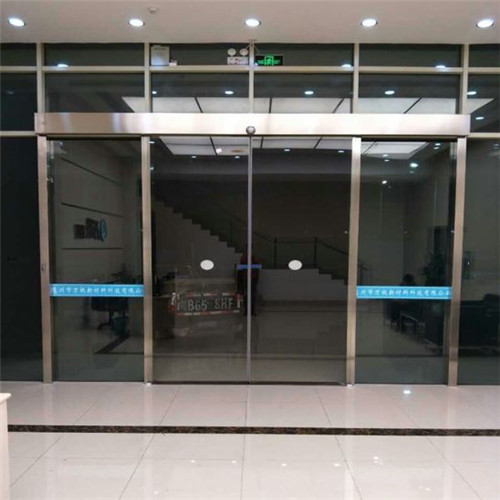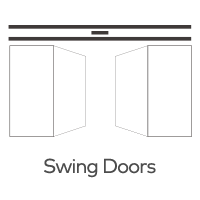Are there any false alarms associated with glass door sensors?
Glass door sensors play a crucial role in enhancing security and safety for both residential and commercial properties. These sensors are designed to detect any unauthorized entry or potential intrusions through glass doors, offering peace of mind to property owners. However, some concerns have been raised regarding false alarms associated with glass door sensors. In this article, we will explore the factors contributing to false alarms and address ways to mitigate their occurrence.

Understanding Glass Door Sensors
Glass door sensors are typically part of an integrated security system and work on the principle of detecting vibrations or shock waves caused by attempts to break or tamper with the glass door. They are equipped with sensitive components that respond to sudden impact or forceful attempts at entry.
Causes of False Alarms
1. Environmental Factors: Certain environmental conditions, such as strong winds, earthquakes, or heavy vibrations caused by nearby construction, can trigger false alarms in glass door sensors. These external factors might be misinterpreted by the sensor as a break-in attempt.
2. Improper Installation: Incorrect installation or poor positioning of the glass door sensor can lead to false alarms. Placing the sensor too close to a door hinge or on a surface prone to movement might result in unintended activation.
3. Glass Quality: The quality and thickness of the glass can affect sensor performance. Low-quality or thinner glass might produce false alarms due to natural flexing or vibrations.
4. Sensor Sensitivity: Overly sensitive sensors can be triggered by minor vibrations, causing false alarms. Adjusting the sensitivity settings to strike a balance between responsiveness and false alarm prevention is crucial.
5. Tampering or Impact: In some cases, glass door sensors may be accidentally triggered by accidental impacts, such as bumping or slamming the door.
Mitigating False Alarms
1. Professional Installation: To minimize false alarms, it is recommended to have glass door sensors professionally installed by experienced security system technicians. Proper positioning and calibration are vital to optimize sensor performance.
2. Sensor Adjustments: Sensitivity settings should be adjusted based on the specific environment and glass door characteristics. Regularly test the sensor to ensure it responds appropriately to real threats while reducing false alarms.
3. Quality Glass: Choosing high-quality and thick glass for doors can help reduce the risk of false alarms caused by glass flexing or vibrations.
4. Environmental Analysis: Evaluate the surrounding environment for potential sources of false alarms, such as construction activities, and take necessary measures to mitigate their impact on sensor operation.
5. Regular Maintenance: Conduct regular maintenance checks to ensure that the glass door sensors are functioning correctly and are free from dust or debris that might impact their performance.
Conclusion
Glass door sensors are valuable components of modern security systems, providing an added layer of protection against unauthorized access. While false alarms can be a concern, understanding the causes and implementing appropriate measures can significantly reduce their occurrence. By opting for professional installation, calibrating sensitivity settings, and regularly maintaining the sensors, property owners can enjoy the benefits of heightened security without being burdened by false alarms.







